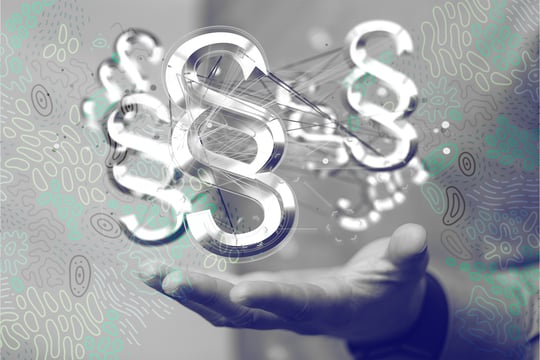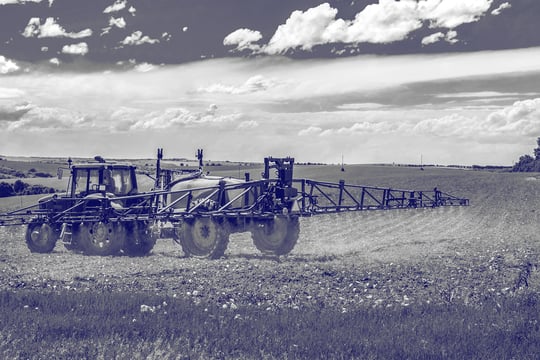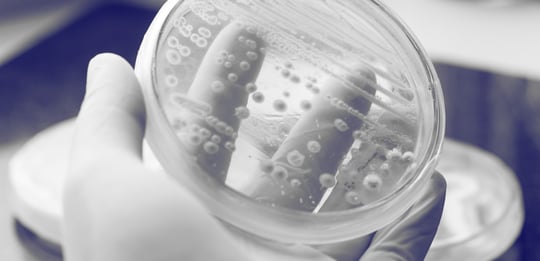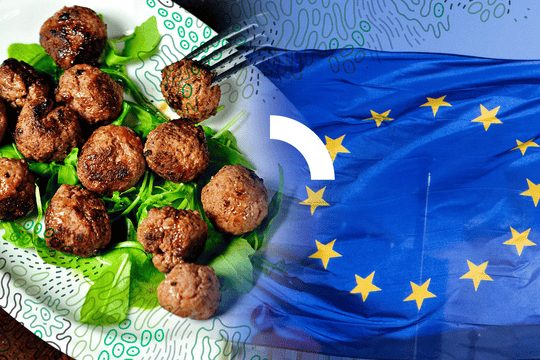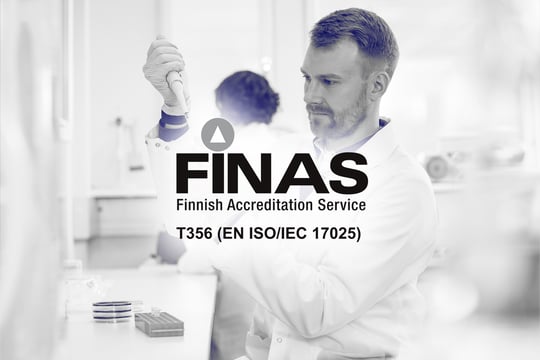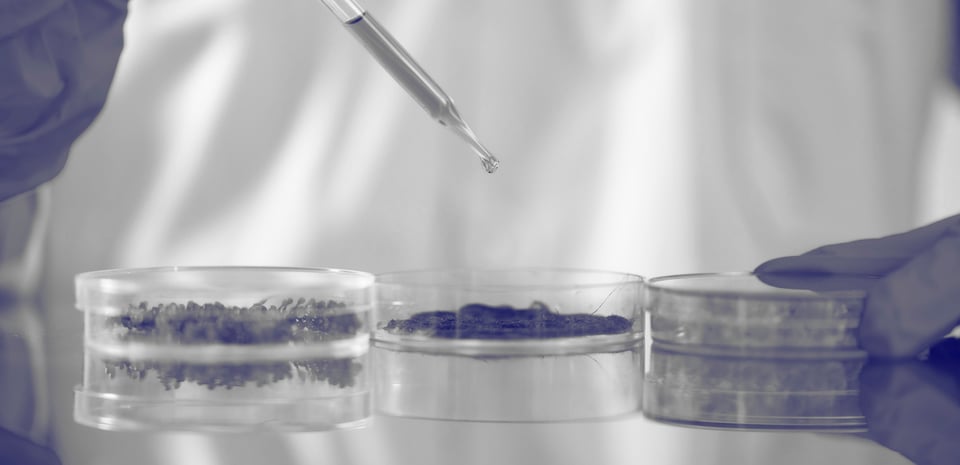
Algae, including single-cell phytoplankton microalgae and macroalgae plants (seaweed) have long been used in food and feed products but the food safety regulation for algae is still in an embryonic stage. There is a busy future ahead since it is a versatile group of organisms with vast potential for use in the production of biofuels, food or feed ingredients and carbon sequestration.
A list classifying thousands of algae
The number of (genetically modified) algae used in the production of biomolecules is expected to increase greatly, so the Netherlands Commission on Genetic Modification (COGEM) commissioned a research project on the taxonomy and characteristics of algae, including cyanobacteria.
To overcome the challenge that there is no unanimously accepted classification of algae, the authors of the report first compiled a classification into a main reference framework. This was necessary to correctly link the species and strains and their characteristics in a traceable and consistent way. The classification is provided as a Supplementary document. The algal taxonomic landscape includes 7191 genera, distributed over 800 families, 267 orders, 60 classes and 13 phyla/divisions. Despite the massive classification effort, the authors stress the dynamic status of the taxonomy.
The list can be used to evaluate the health and environmental impact of algae. It is useful in the initial phase of the R&D process until more specific characteristics of a specific strain are known. Finally, an expert system is proposed that combines taxonomic changes with automated searches on risk/safety information.
Algal risk classification
The study was focused on circa 500 species that are already used or expected to be used in industrial applications, which represent a broad range of taxa and for which a documented risk/safety profile was available. Safety information of the selected species was compiled in a table “Algal Risk Classification Features”. Species were classified as red (harmful properties), green (safe) or having no hazard/safety data available (grey). 290 or more than half of the species were classified as harmful, and only 80 species were considered safe. A species was considered harmful if one of the following features was reported: pathogenicity, toxicity, or allergenicity.
The safety assessment of algae for humans and the environment
The authors conclude that algal species are typically selected for their production properties rather than safety. Thus, algae used in food may be used safely depending on the conditions of use and the type of product derived from it. Sometimes the same species may produce a harmful metabolite for humans and animals, but it can be purified and used for an industrial purpose or as medicine.
Most species consist of toxic and non-toxic strains, so strain selection is an important step. Furthermore, the capacity to produce harmful compounds can be dependent on environmental conditions such as temperature or nutrient availability. A case-by-case approach remains the most appropriate course of action for any safety assessments.

We are your pathway to safer
new food solutions

Topic:


